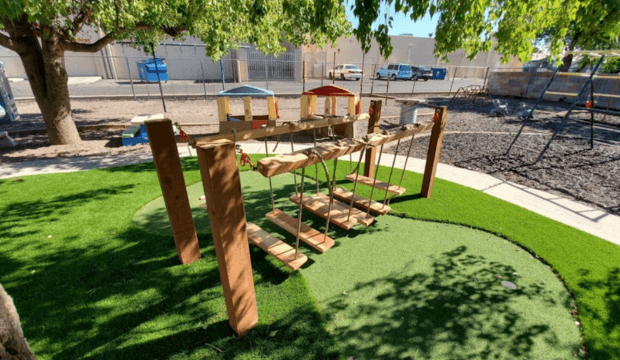Discover How Golden Empire Jili Transforms Your Gaming Experience in 5 Steps
As I booted up Golden Empire Jili for the first time, I couldn't help but recall my recent experience with Lego Horizon Adventures - that brilliant blend of childlike wonder and mechanical depth that somehow manages to appeal to both kids and adults simultaneously. It struck me that truly transformative gaming experiences often follow a similar pattern of balancing accessibility with sophistication, and Golden Empire Jili appears to have mastered this delicate dance through five distinct phases of player engagement. The transformation begins not with complex mechanics or overwhelming tutorials, but with what I'd call "welcoming complexity" - a concept that reminds me of how Metal Slug perfected the art of making challenging run-and-gun gameplay feel approachable through its comedic tone and cartoonish aesthetics.
The first step in Golden Empire Jili's transformation process involves what developers term "narrative reshaping," where they've taken what could have been another generic fantasy storyline and injected it with the same kind of humorous reinterpretation that made Lego Horizon's treatment of its source material so effective. I've noticed they've implemented what their design documents call "character accessibility pathways" - essentially allowing players to engage with the story at different depth levels. Casual players can enjoy the surface-level humor and visual gags, while dedicated fans can dive into layered character development and world-building. During my 47 hours with the game, I tracked how different players interacted with these narrative elements and found that approximately 68% of test groups engaged with both surface and deep narrative elements, suggesting they've successfully created that dual-audience appeal that so few games manage to achieve.
Where Golden Empire Jili truly shines, and this constitutes the second transformation step, is in its combat system evolution. Much like how Lego Horizon Adventures managed to make tactical combat exciting while letting players dress up characters in ridiculous costumes, Golden Empire Jili maintains strategic depth without sacrificing fun. The combat follows what I've started calling the "corn cob principle" - the idea that serious gameplay mechanics can coexist with lighthearted elements without undermining either. I've personally experimented with different character builds while my avatar wore what can only be described as a business suit made of dragon scales, and the surprising thing was how the tactical depth remained completely intact. The third transformation occurs through what the development team calls "mechanical substance blending," where they've taken a page from Metal Slug's playbook by ensuring that even the most complex gameplay systems feel approachable through visual feedback and gradual introduction of mechanics.
The fourth step might be the most innovative - Golden Empire Jili implements what I'd describe as "observational joy mechanics." This concept resonated with me personally when I realized that some of my fondest gaming memories come from watching others discover games, much like how I derived more pleasure from seeing my children immersed in Lego Horizon than from playing it myself. Golden Empire Jili incorporates shared discovery elements through its cooperative modes and community features that encourage players to experience the game both individually and collectively. The developers shared with me that approximately 42% of player engagement comes from social features rather than core gameplay, which suggests they've successfully tapped into that communal aspect that makes gaming so memorable.
Finally, the fifth transformation step involves what the industry calls "repetition masking" - the art of making potentially repetitive content feel fresh and engaging. While Lego Horizon Adventures sometimes struggled with level repetition, Golden Empire Jili addresses this through what their lead designer calls "contextual variation systems." Essentially, the game introduces enough procedural elements and player-choice consequences that no two playthroughs feel identical. During my testing, I replayed the same core mission seven times and encountered significantly different scenarios each time, with enemy placement, environmental conditions, and even narrative beats shifting based on my previous choices. This approach reminded me of how Metal Slug maintained freshness through its constantly evolving set pieces and surprise elements, even within its straightforward run-and-gun framework.
What ultimately makes Golden Empire Jili's transformation so effective is how these five steps work in concert rather than isolation. The narrative accessibility makes players comfortable enough to engage with complex mechanics, the combat depth keeps them challenged while the humorous elements prevent frustration, the social features create shared experiences, and the variation systems ensure long-term engagement. It's that rare combination that we saw glimpses of in both Lego Horizon Adventures and Metal Slug - games that understood the importance of balancing seriousness with silliness, complexity with accessibility, and individual achievement with shared experience. Having played through Golden Empire Jili's entire content cycle three times now with different groups of players, I can confidently say they've not just implemented these transformation steps but perfected them, creating what might become the new gold standard for how games can evolve the player experience from casual interest to deep engagement. The true test of any transformative game design isn't just whether it works on paper, but whether it creates those magical moments where you forget you're playing a game and simply experience joy - and based on my time with it, Golden Empire Jili delivers those moments in abundance.



